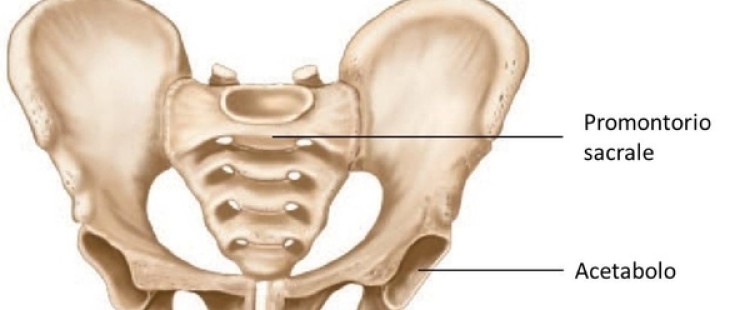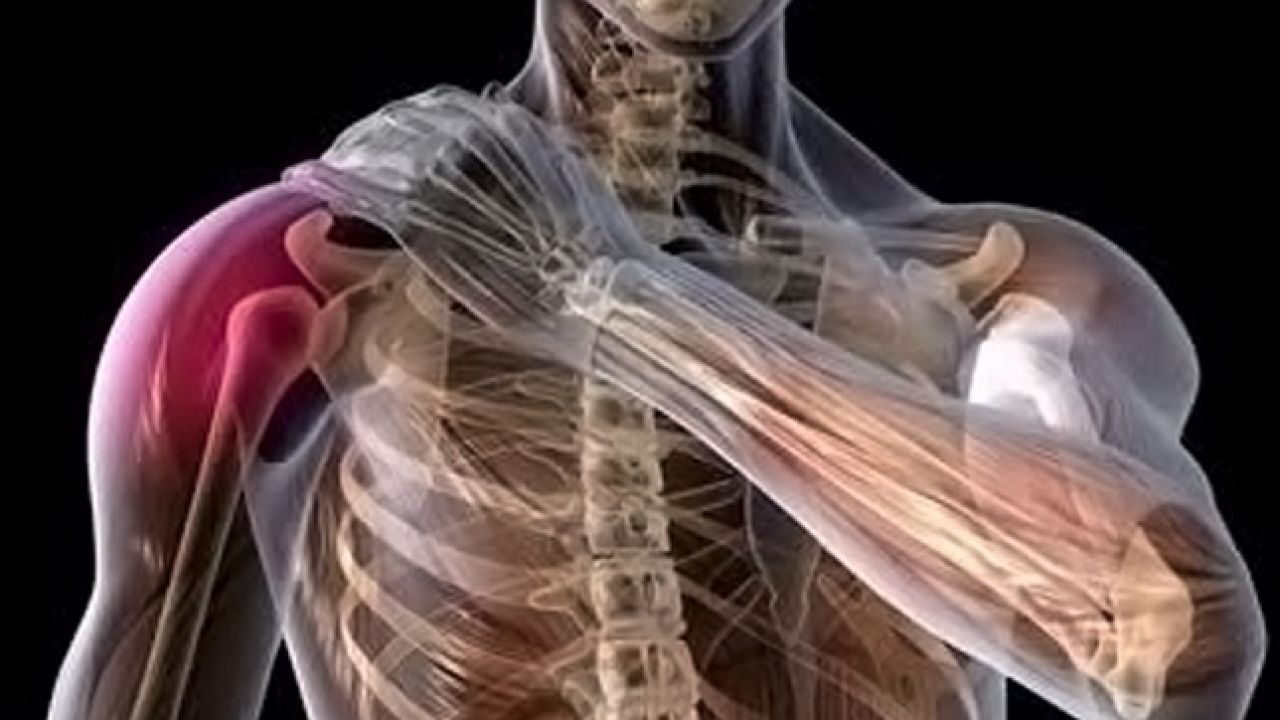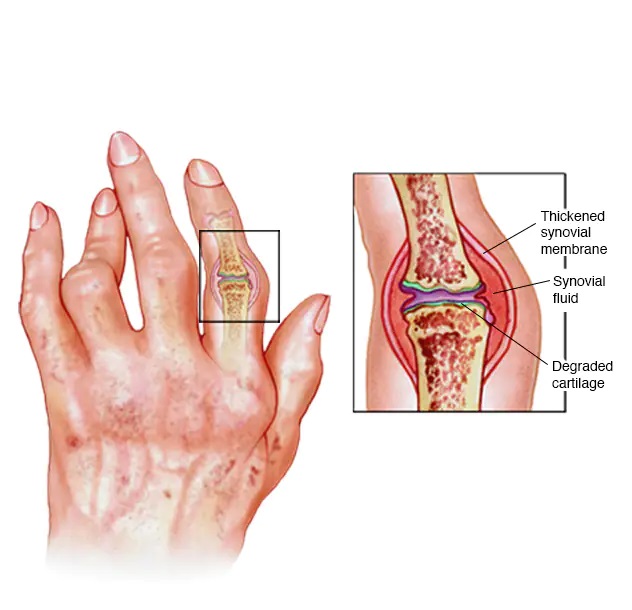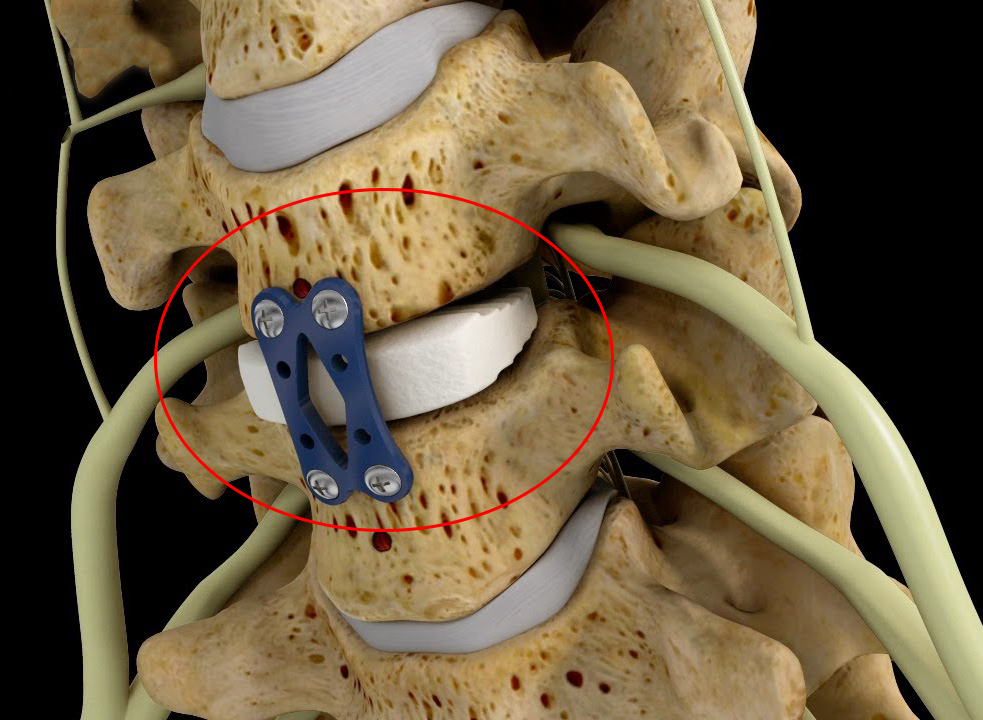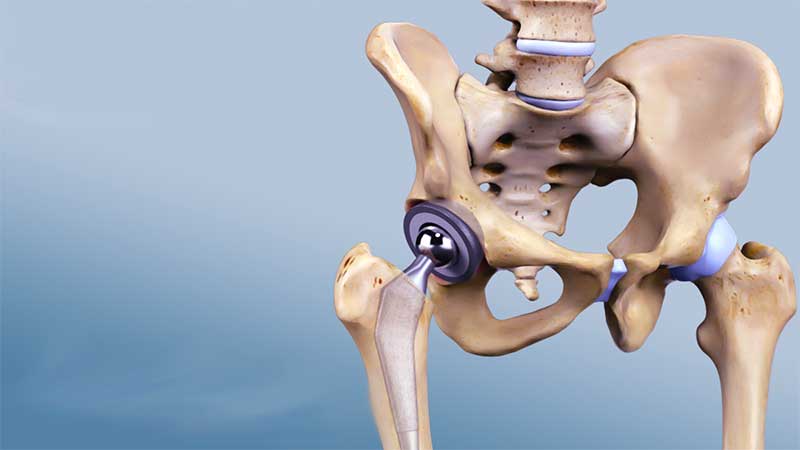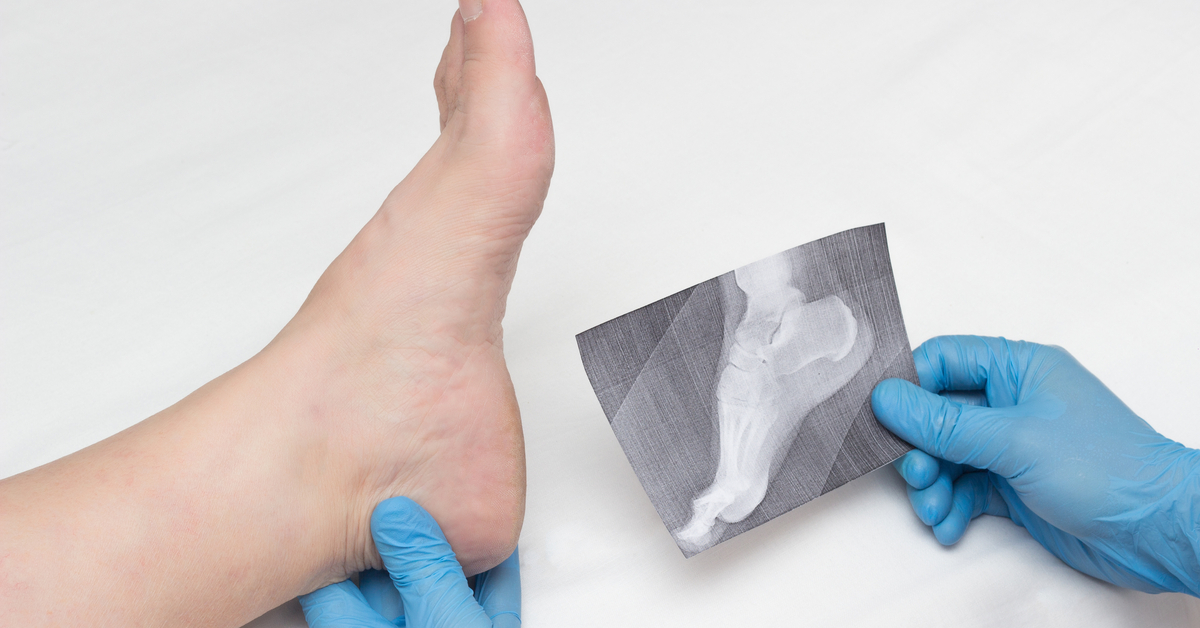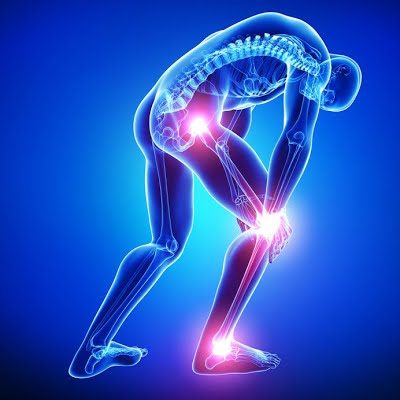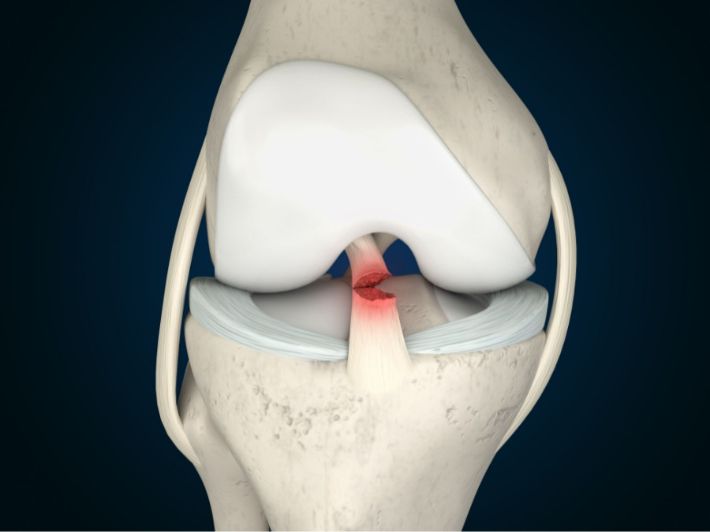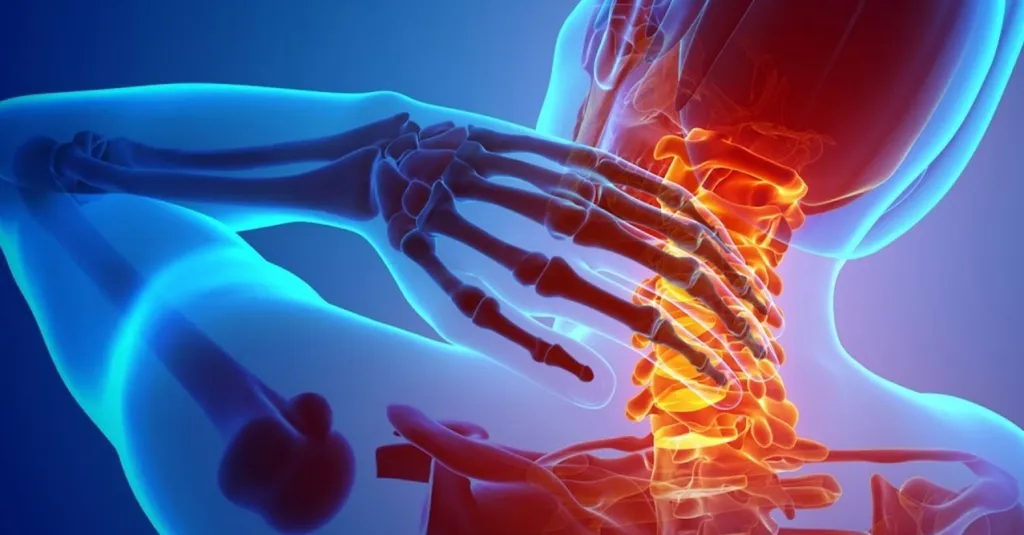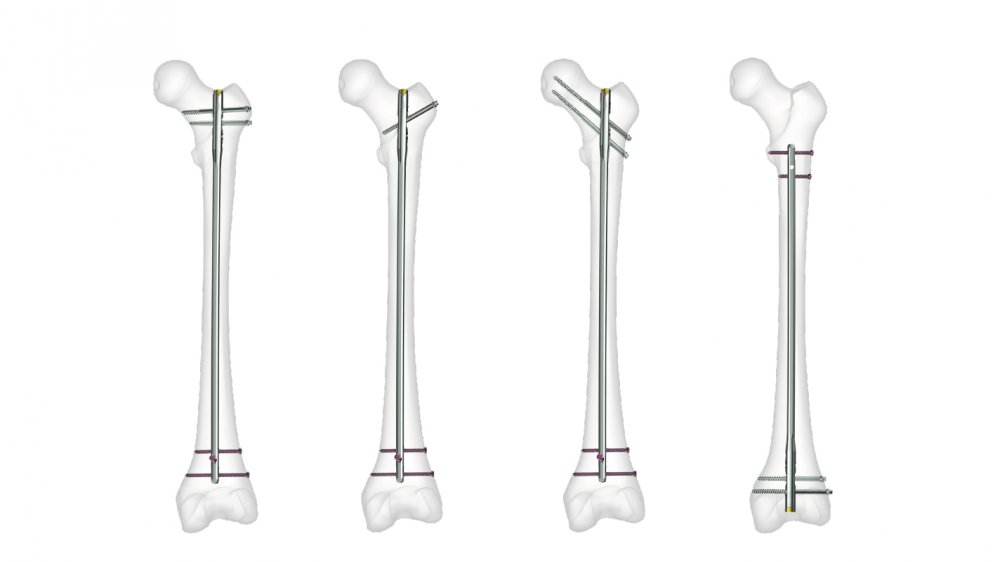What are the Symptoms of Sciatica? And Does it Show Up on Imaging?

Symptoms of Sciatica
If you are experiencing pain in the hip or back thigh area, you may be suffering from sciatica, also known as inflammation of the sciatic nerve. This condition can cause pain, numbness in the leg, and reduced hip movement. Below, we present the common symptoms of sciatica and how to deal with them:
Hip and Back Thigh Pain: Sharp or stabbing pain in the hip and back thigh area is one of the symptoms of sciatica. Inflammation of the sciatic nerve can cause acute or annoying pain, which can worsen while walking or standing for extended periods.
Numbness and Tingling Sensation in the Leg: You may feel numbness or a tingling sensation in the leg affected by sciatica. This is due to the nerve compression in the hip and back thigh area. The numbness can be painful and bothersome and may spread to the foot.
Leg Muscle Weakness: Weakness in the leg muscles may occur as a result of sciatic nerve inflammation. This weakness can affect the flexibility of the leg and your ability to perform daily activities normally. It can also impact your steps and ability to maintain proper balance.
Difficulty in Movement and Stability: Some may experience difficulty in moving and maintaining stability on the affected foot due to sciatic nerve inflammation. This can affect your ability to stand for long periods or perform daily activities such as walking and running.
Metabolic Problems: You may face some issues with urination and bowel movements as a result of sciatica. These symptoms may include difficulty urinating, increased frequency of urination, or loss of bladder control. If you experience these issues, you should consult your doctor to assess the situation and guide you to the appropriate treatment.
Don’t forget that consulting a doctor is the best way for diagnosis and treatment. If you are experiencing similar symptoms, you should be ready to accurately describe them to the medical professional. The doctor will conduct the necessary examinations and guide you to the appropriate treatment for your condition.
Sciatica cases may require surgical intervention, while in other cases, symptoms can be alleviated through medication or physical therapy. Remember that early diagnosis and effective treatment can help you recover and regain a healthy quality of life.
How does sciatica pain feel?
Sciatica, also known as sciatic nerve pain, is a common condition that affects the sciatic nerve and causes sharp pain and numbness in the lower part of the body, from the buttocks down to the legs and feet. In most cases, sciatica occurs due to mechanical pressure on the nerve or inflammation.
Below are six common causes of sciatica pain and how to deal with them:
- Sciatica During Pregnancy: Many women experience sciatica pain during pregnancy due to the increased weight and pressure on the sciatic nerve. To alleviate this pain, local heat application or using comfortable cushions to support the feet and buttocks may be helpful.
- Lack of Physical Activity: A sedentary lifestyle and lack of physical activity can cause sciatica pain. To relieve this pain, it’s important to start engaging in appropriate exercises to strengthen the muscles surrounding the sciatic nerve and improve body flexibility.
- Hip Inflammation: Hip inflammation can cause sciatica pain, with causes ranging from injuries from accidents, overexertion, to bacterial infections. Those experiencing this pain should visit a specialist doctor to diagnose the condition and develop an appropriate treatment plan.
- Herniated Disc: A herniated disc or slipped disc could be a major cause of sciatica pain. Pressure on the sciatic nerve from a herniated disc can result in sharp pain in the lower part of the body. It is advisable to consult a doctor for diagnosis and proper treatment.
- Infections: Various infections, such as arthritis and myositis, may cause sciatica pain. In these cases, it’s necessary to take medications prescribed by a doctor, rest, and apply local heat to reduce pain and swelling.
- Spinal Stenosis: In cases of spinal canal stenosis, pressure on the sciatic nerve may occur, leading to sciatica pain. The treatment for this condition largely depends on the severity of the symptoms and may include physical therapy, pain relief medications, and in some cases, surgical intervention to widen the spinal canal.
Avoiding standing or sitting for prolonged periods, engaging in daily physical exercises, and maintaining a proper sitting posture may also help reduce the risk of developing sciatica pain. If the pain is recurrent and persistent, you should consult a doctor for diagnosis and appropriate treatment.
What is the Treatment for Sciatica in Women?
- What is Sciatica (Inflammation of the Sciatic Nerve)? Sciatica, also known as inflammation of the sciatic nerve, is a condition that commonly affects women during their reproductive years. It occurs when the sciatic nerve in the pelvis is compressed or damaged, causing sharp pain in the hip, leg, and foot. This condition may also be accompanied by a feeling of numbness and tingling in the affected area.
- What are the Causes of Sciatica? Sciatica can result from several causes, including:
- Pressure on the sciatic nerve due to excess weight or pregnancy.
- Nerve inflammation due to pelvic joint inflammation or arthritis.
- Narrowing of the sciatic nerve canal due to bone erosion or the formation of spinal tumors.
- Injury resulting from an accident that leads to tearing or damage of the sciatic nerve.
- Is there a Treatment for Sciatica? Yes, there are various treatments for sciatica that can help alleviate pain and improve the condition. These treatments include:
- Rest and Massage: Resting and applying massage to tense muscles in the hip and sacrum can help reduce pain.
- Physical Therapy: Specific exercises can enhance muscle flexibility and strengthen the body, thereby improving the condition of sciatica.
- Medications: Medications may include pain relievers and anti-inflammatory drugs to reduce pain and inflammation in the affected area.
- Heat or Cold Therapy: Applying heat or cold can be used to relieve pain and reduce swelling.
- Progressive Therapy: In some severe cases, doctors may recommend progressive therapy, which involves delivering a specific electric current to the sciatic nerve to relieve pain.
- What are the Preventive Measures to Avoid Sciatica? There is no guaranteed way to completely avoid sciatica. However, some preventive measures can be taken to reduce the risk of developing the condition:
- Maintain a healthy weight and exercise regularly to strengthen muscles and maintain the integrity of the sciatic nerve.
- Avoid sitting for long periods and maintain a correct posture while sitting.
- Avoid lifting heavy objects improperly.
- Avoid severe physical stress and perform intense exercises appropriately.
- When Should You Consult a Doctor? If sciatica pain is persistent and increasing in intensity, or if it is accompanied by symptoms such as muscle weakness or loss of sensation, you should consult a doctor immediately. It is essential to obtain an accurate diagnosis and follow the appropriate treatment recommended by healthcare professionals.
Does Sciatica Show Up on Imaging?
Although X-rays might not be able to clearly depict sciatica, computed tomography (CT) scans and magnetic resonance imaging (MRI) are considered valuable diagnostic tools in detecting this condition. It is crucial to consult a specialist to determine the appropriate test and take the necessary steps for diagnosing and treating sciatica.
X-rays: When visiting a doctor for diagnosis, they may request an X-ray as part of the diagnostic process. However, it is important to note that X-rays often show only the skeletal structure and cannot clearly depict the condition of sciatica or inflammation of the sciatic nerve.
CT scans: CT scans are a more detailed diagnostic tool. This test is performed to better show soft tissues compared to X-rays. CT scans may be used to detect swelling or inflammation of the sciatic nerve in suspected cases.
MRI: MRI is an even more detailed diagnostic tool than CT scans, as it can better depict the structure of soft tissues. MRI may be used to detect inflammation of the sciatic nerve or identify the location causing pain.
Neurological Function Tests: In suspected cases of sciatica, the doctor may request neurological function tests. These tests aim to check the functions of nerves and how they are affected by inflammation. These tests may include nerve response tests and nerve conduction velocity tests.
Does Sciatica Heal on Its Own?
Sciatica, also known as inflammation of the sciatic nerve, is a common and painful condition that affects the lower back, buttocks, and leg. It can cause symptoms such as pain, numbness, and weakness in the leg and foot. You may wonder if this condition can heal on its own. Below, we will delve into this topic and provide a more detailed explanation.
- Improvement with Rest and Self-care: Although sciatica can be long-lasting and may require professional treatment in some cases, it may improve spontaneously with rest and self-care treatments. This can include applying ice or heat to the affected area, avoiding strenuous activities, and taking over-the-counter pain relievers to alleviate pain.
- Conservative Treatments: In some cases, conservative treatment for sciatica is recommended. You may be advised to perform exercises to strengthen the muscles of the back, buttocks, and leg to help relieve pain and generally improve your condition.
- Specialized Medical Treatment: Some patients may require specialized medical treatment for sciatica. This can include taking anti-inflammatory medications to reduce inflammation and pain, physical therapy to strengthen muscles and improve flexibility, and targeted injections to alleviate persistent symptoms.
- Surgery: In rare and severe cases, sciatica may require surgical intervention to relieve pressure on the affected sciatic nerve. However, surgical treatment is considered a last resort after other treatments have failed and in the presence of serious medical conditions.
There is no fixed rule for the self-healing of sciatica, as the duration of recovery and the extent of improvement depend on each individual case. Gradual improvement may occur over time, or sciatica may require ongoing care and specialized treatment.
Regardless of your condition, it is important to consult a specialist to assess and treat sciatica appropriately and in a timely manner. The doctor can determine the appropriate approach based on your individual circumstances. Early treatment and appropriate intervention can help improve symptoms and minimize the negative impact on your daily life.
Where Does Sciatica in Women Begin?
To understand the details of sciatica (inflammation of the sciatic nerve), let’s start from the beginning. Sciatica is a condition that many people around the world suffer from, causing severe pain in the hip and leg. This condition is believed to result from irritation or inflammation of the nerves in the hip area.
But where does sciatica begin? There are multiple factors that can contribute to the development of this condition, and below we will review some of them:
Pressure on the Sciatic Nerve: Pressure can occur on the sciatic nerve as a result of swelling of the surrounding tissues or abnormal pressure on the nerve itself. This pressure may occur due to poor posture while sitting or sleeping, or due to the presence of tumors or masses in the area.
Infection or Inflammation: Inflammation of the sciatic nerve can occur as a result of bacterial or viral infection. For example, the herpes simplex virus is one of the possible causes of sciatic nerve inflammation.
Injury or Trauma: Sciatica may occur as a result of direct injury to the hip area. This injury could be related to fall accidents, sports injuries, or a strong blow to the hip.
Other Medical Conditions: Some other diseases may also affect the occurrence of sciatica, such as lumbar disc herniation, rheumatic diseases, diabetes, or general inflammation in the body.
It is important to know the origin of sciatica, as doctors can use this information for proper diagnosis and to develop an appropriate treatment plan. Individuals who suffer from symptoms indicative of sciatica, such as sharp pain, numbness, and leg weakness, should consult a doctor to evaluate their condition and receive appropriate treatment.
Can Sciatica Occur in Both Legs?
Sciatica, or inflammation of the sciatic nerve, is a common neurological condition that can affect people of various ages. Sometimes, this condition can affect both legs simultaneously. In this article, we will take a look at the ability of this disease to affect both legs at the same time and how often this actually occurs.
Most commonly, sciatica occurs in one of the legs, causing severe pain, general weakness, and sharp pain in the leg due to inflammation of the sciatic nerve. Although the condition usually affects only one leg, in some cases it can affect both legs simultaneously.
Some factors increase the likelihood of sciatica affecting both legs. Among these factors are:
Spinal Cord Injury: Damage to the lower part of the spinal cord can put pressure on the sciatic nerve in both legs, potentially leading to sciatica in both legs simultaneously.
Herniated Disc: A herniated disc in the lumbar vertebrae can irritate the sciatic nerve, possibly affecting both legs and causing sciatica in both.
Spinal Cord Infections: Infections in the spinal cord can irritate the sciatic nerve in both legs. Although these cases are rare, they can occur and lead to effects in both legs simultaneously.
Even though these cases are rare, it is important to seek appropriate treatment when sciatica appears in both legs simultaneously. Consult a doctor to evaluate the condition, determine the potential cause, and direct treatment accordingly.
Non-surgical treatments such as physical therapy and low-impact exercise may be used to relieve pain and improve the condition of the sciatic nerve. In more severe cases, surgery may be necessary to relieve pressure on the nerve.
In general, sciatica is rare in both legs, but in some cases, it can affect both legs simultaneously. Therefore, it is important to consult a doctor to evaluate the condition and direct appropriate treatment.
What is the natural treatment for sciatica?
Sciatica, also known as inflammation of the sciatic nerve, is a condition that many people suffer from around the world. If you suffer from sciatica pain, you may be interested in trying natural treatments that can alleviate the pain and improve your quality of life. In this article, we will review some natural treatments that are beneficial for sciatica.
Stretching exercises: Stretching exercises can be effective in relieving sciatica pain. It is preferable that the stretching exercises are done under the supervision of a specialist, as they will help you identify the appropriate exercises for your condition and how to perform them correctly.
Massage: Massage is considered one of the important natural treatments for sciatica. Massage can help soothe tense muscles and improve blood circulation in the affected area, leading to pain relief and improved movement.
Heat therapy: Heat therapy can be effective in relieving sciatica pain. Heat packs or hot water bottles can be used and applied to the affected area for 15-20 minutes regularly. This treatment helps relieve nerve tension and swelling.
Natural herbs: There are some herbs believed to contribute to relieving sciatica pain, including turmeric, ginkgo biloba, and black musk. It is important to consult a doctor before taking any dietary supplements or natural herbs to ensure the appropriate dosage and to avoid negative interactions with other medications.
Lifestyle changes: Improving overall lifestyle can be the most important natural treatment for sciatica. Some things you can try include: reducing excess weight, exercising regularly, maintaining a correct sitting posture, and avoiding situations that increase pressure on the sciatic nerves, such as sitting for long periods or lifting heavy objects.
In conclusion, you should remember that these natural treatments may be beneficial for some people, but they may not be sufficient for everyone. If sciatica pain persists or worsens, you should consult a specialist doctor to evaluate your condition and advise you on the appropriate treatment steps.
Does walking help treat sciatica?
Sciatica is a painful condition that affects the sciatic nerves, causing sharp pain in the hip, thigh, knee, and leg. When you suffer from such a condition, you will be willing to try anything to relieve the pain and speed up the healing process.
You may have heard about the benefits of walking in improving overall health and physical fitness, but can it also help treat sciatica? In this article, we will explore the benefits of walking in treating sciatica and whether it is considered an effective treatment or not.
- Improving blood circulation: When you walk, your heart rate increases and your muscles move, meaning that more blood flows to different parts of the body. When more blood flows to the hip and thigh, it can improve blood circulation and help nourish the damaged nerves and promote the repair process.
- Reducing swelling and inflammation: Daily walking is important for reducing swelling and inflammation. When you walk, the movement of the muscles helps promote the drainage of fluids and reduce their retention in areas such as the hip and thigh. This can reduce pressure on the damaged nerves and reduce pain.
- Enhancing Flexibility and Muscle Strength
Daily walking helps in strengthening the muscles surrounding the hip, thigh, and knee. When muscles are strong, the excess pressure on the damaged nerves is reduced, contributing to pain relief and speeding up the healing process.
- Improving Mood and Reducing Stress
Sometimes, sciatica can affect one’s mood and overall state. Although walking alone is not a magical cure, it can contribute to mood enhancement and stress reduction that may result from ongoing pain.
Does sciatica pain increase at night?
Sciatica, also known as sciatic nerve inflammation, is a painful condition that occurs when the sciatic nerve is damaged, resulting in sharp and severe pain in the hip, thigh, and leg area. This condition can negatively impact the life of the affected person, restricting their movement and daily activities. Walking is one of the activities that can contribute to the treatment and alleviation of sciatica symptoms. In this list, we will review the benefits of walking in treating sciatica:
Improving Blood Circulation: Walking increases blood flow to various body parts, including the hip, thigh, and leg. This can help alleviate inflammation and provide the necessary nutrition to the damaged nerves.
Strengthening Muscles: Daily walking can help strengthen the muscles surrounding the hip, thigh, and leg. Improved muscle strength stabilizes the joint and reduces excessive pressure on the affected nerve.
Enhancing Flexibility: Regular walking can help improve the flexibility and suppleness of the muscles and ligaments in the hip, thigh, and leg area. This can help reduce discomfort and improve the range of motion.
Stimulating Natural Chemical Releases: Walking stimulates the natural release of chemical elements in the body, such as endorphins, which act as natural sedatives and pain relievers. This can reduce the intensity of pain associated with sciatica.
Improving Overall Health: Regular walking encourages maintaining better overall health. It can contribute to weight loss, blood pressure control, improved cholesterol levels, and enhanced physical fitness. All of which contribute to reducing symptoms associated with sciatica.
If you are suffering from sciatica, you may find that walking is a simple and effective activity that can help alleviate symptoms and improve your quality of life. Before starting any new physical activity, it is advisable to consult your treating physician to evaluate your condition and receive appropriate guidance.
Best Doctor for Treating Sciatica in Egypt
Sciatica is a common health issue that affects many women worldwide, requiring special techniques and expertise for treatment and alleviation of this bothersome problem. Among the specialists in treating sciatica in Egypt, Dr. Amr Amal stands out as one of the best available options. In this guide, we will explore why Dr. Amr Amal is distinguished and why he is considered one of the top doctors for treating sciatica in Egypt.
Dr. Amr Amal, an Expert in Cosmetic Surgery: Dr. Amr Amal works as a specialized cosmetic surgeon for many years and has conducted numerous successful operations to treat sciatica problems. He possesses profound medical knowledge in this field, utilizing the latest techniques and tools to ensure optimal results for his patients.
Outstanding Practical and Professional Experience: Dr. Amr Amal is distinguished by his extensive experience in cosmetic surgery, particularly in treating sciatica. He has earned certificates and specialized training at Renova Centers, one of the largest and most prestigious hospitals in Egypt. Additionally, he has performed numerous successful operations for patients with utmost professionalism and precision.
Utilization of Modern and Advanced Techniques: In treating sciatica, Dr. Amr Amal relies on innovative and advanced techniques. He uses laser technology, radiofrequency therapy, and modern surgical techniques to address issues associated with sciatica, ensuring a safe and effective resolution of the problem.
Providing Appropriate Advice and Care: Dr. Amr Amal is among the doctors who understand the importance of personal consultation and individual care for each patient. He offers comprehensive consultations before treatment, attentively listens to the needs and requirements of the patients, provides necessary information about the treatment procedures, and ensures their comfort and peace of mind during the treatment.
Maintaining Highest Levels of Quality and Safety: Dr. Amr Amal consistently ensures maintaining the highest levels of quality and safety during the treatment. He adheres to advanced health standards and operates in recognized health centers that meet the therapeutic needs of patients.
If you are searching for the best doctor to treat sciatica in Egypt, Dr. Amr Amal is a significant name in the circle of specialists in this field. He is experienced, professional, and ensures comfort and good results for his patients. Therefore, do not hesitate to contact him and receive the necessary care to overcome the issue of sciatica.


